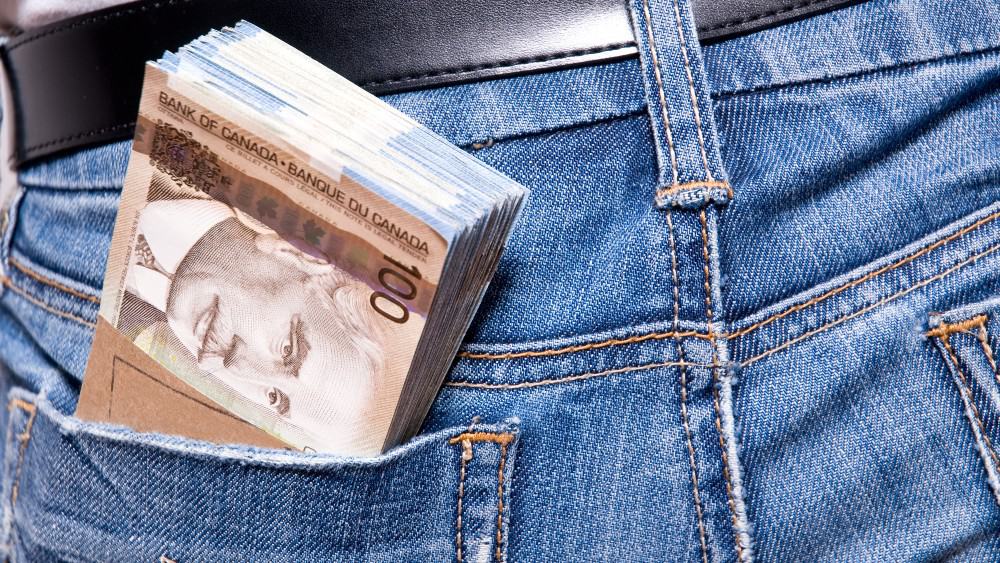Investors seeking to create a passive-income stream can do so with just $10,000. In this article, I’ll outline how Canadian investors can begin a low-cost passive-income stream by focusing on diversification to minimize overall risk.
Invest in low-risk, fixed-income products
Canadian investors should consider allocating at least 20% of their funds towards fixed-income products such as Guaranteed Investment Certificates.
Several financial experts advise that your allocation to debt products should be in line with your age. So, a 25-year-old should allocate 25% of total savings toward fixed-income products, while this number would rise to 40% for a 40-year-old investor.
GICs or other debt products are not as risky as equities and are ideal for those with a short-term investment horizon. Here, you lend a certain sum of money to banks, financial institutions, the government, and corporations, who pay you interest on these deposits.
Right now, several Canadian banks offer you a yield of more than 5% on GICs, which is higher than the current inflation rate.
Invest in blue-chip dividend stocks
Investors who have the expertise and time to pick individual stocks can consider creating a portfolio of blue-chip dividend stocks. The ideal dividend stock is one that is positioned to grow its cash flows and earnings at a consistent pace across market cycles, which should translate to higher dividend payouts. In addition to a higher effective yield, investors will also benefit from long-term capital gains in terms of share price appreciation.
One quality TSX dividend stock you can buy now is Brookfield Renewable Partners (TSX:BEP.UN). A clean energy giant, Brookfield Renewable Partners pays shareholders an annual dividend of US$1.42 per share, indicating a forward yield of 5.8%. Moreover, these payouts have risen at an annual rate of over 5% in the last two decades.
Brookfield’s hydro assets account for 47% of energy production, followed by wind at 21%, solar at 16%, and energy storage at 9%. Moreover, around 90% of the power produced by Brookfield is secured by long-term contracts with utilities and large corporations. As these contracts are indexed to inflation, BEP’s cash flows are predictable.
In the last 20 years, BEP stock has returned 300% to shareholders. After adjusting for dividend reinvestments, cumulative returns are much higher at 1,390%. Despite its outsized returns, the TSX dividend stock trades 44% below all-time highs, allowing you to buy the dip.
Invest in dividend-powered ETFs
Investing in low-cost dividend ETFs, or exchange-traded funds, such as iShares Core MSCI Canadian Quality Dividend Index (TSX:XDIV) is a popular strategy among new and experienced investors. ETFs generally hold a basket of stocks across sectors, which diversifies your portfolio and lowers overall risk.
The XDIV ETF has a monthly payout and offers investors a tasty yield of 4.8%. The top holdings of the fund include TSX giants such as Royal Bank of Canada, Suncor Energy, Enbridge, Manulife, and Toronto-Dominion Bank.
The takeaway
A 30-year-old with $10,000 can consider allocating $3,000 to GICs, $2,000 to blue-chip dividend stocks, and $5,000 to monthly dividend ETFs such as XDIV.









